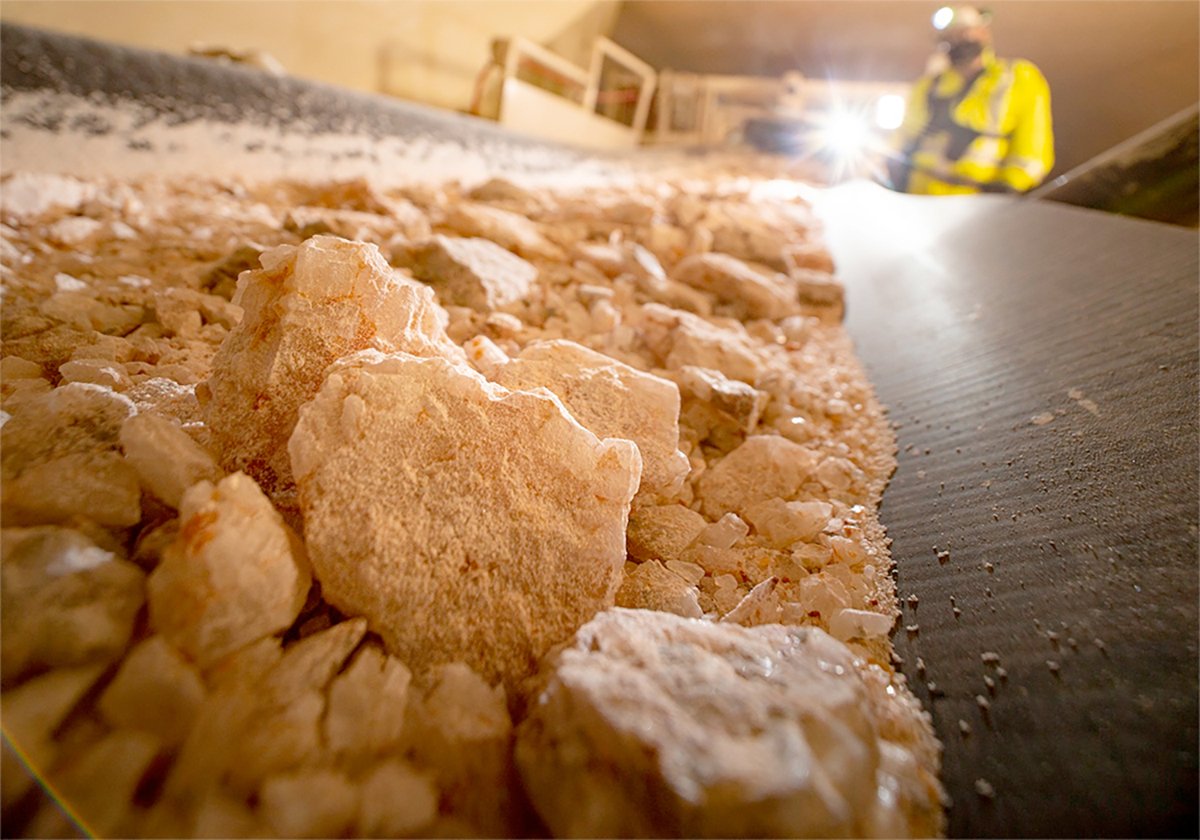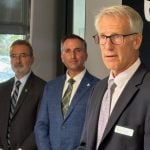PONOKA, Alta. – It’s the 10th stop on Cam Ostercamp’s Beef Initiative Group road show across Alberta and Saskatchewan to raise awareness of the need for more BSE testing.
Despite a cold day, about 300 people huddled on the metal seats in the grandstand of the Ponoka Stampede grounds for more than two hours July 7 to listen to the Blackie, Alta., rancher explain why he thinks Canada must test more cattle.
“We are refusing discussion on testing because the American beef packing industry is telling us not to,” Ostercamp told his fellow cattle producers, who are looking for an answer to Canada’s beef crisis after BSE was discovered in an Alberta cow 14 months ago.
Read Also

Saskatchewan looks to expand trade in Indonesia
Saskatchewan intends to increase its agricultural partnership with Indonesia.
Ostercamp believes that by building a producer-owned packing plant in Saskatchewan, with the capability of testing all the animals for BSE, Canada could regain the Asian market and reduce its dependence on the U.S.
“It’s imperative that Canada take aggressive action soon.”
Few people in the audience openly disagreed with the need for more testing or more packing plant capacity.
“I haven’t found anything Cam said that I disagree with,” said Larry Vetsch of Rimbey.
While he’s not in favour of a producer-owned packing plant, he wouldn’t mind spending another $3 per head of cattle sold to help build a packing plant, as Ostercamp as proposed.
Dave Argent, also of Rimbey, agreed.
“These guys are right on track. I totally agree with the concept of the industry having to do something itself.”
Those kinds of comments are building Ostercamp’s argument that government and the cattle industry are out of step with what producers want. At each stop, producers are asked to fill out a questionnaire if they believe there should be a producer-owned packing plant, with more BSE testing and less reliance on the U.S.
In each of the locations there is an overwhelming agreement, said Ostercamp.
“We’re very, very positive from the producers’ response. It’s almost unanimous agreement.”
Armed with the statistics, Ostercamp hopes to meet with government and industry leaders and present them with evidence that they have producers on their side.
He’s also hoping Saskatchewan’s New Democratic Party government can influence the federal NDP to pressure the Liberal minority government in Ottawa to offer bridge financing for a new packing plant.
“It’s a question of how much clout they have with the minority government in Ottawa,” said Ostercamp, who added Saskatchewan government officials and its minister of agriculture were open to their idea of a packing plant.
“When we met them they were very warm and friendly.”
Ostercamp believes the Alberta government has too much baggage associated with dealing with the U.S.-owned packing plants in that province to be responsive to a producer-owned packing plant. He plans to make an announcement July 19 or 20 about discussions with government and industry officials.














